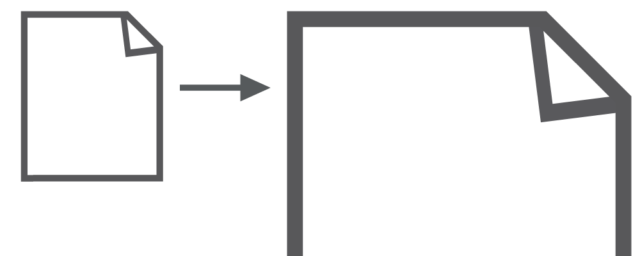
Ihor Masalov

Latest update: April 8, 2025
Redirects are commands or techniques that automatically guide visitors from one file or location to another. They are implemented through various methods, each of which can negatively impact your page speed.
Imagine asking for directions to a bathroom, only to find out it’s closed and you need to go to another one. Redirects work similarly, slowing down page loading because users are sent to one location only to be redirected to another. While redirects serve valid purposes, it’s crucial to remember that they can significantly affect performance and speed.
The simplest way to enhance your content delivery speed is to eliminate unnecessary redirects. This direct approach to serving content not only improves speed but also enhances the user experience by providing immediate access to the desired information or resources.
Optimization is key for redirects that are essential, such as those used for SEO or to guide users from an old page to a new one. Implementing server-side redirects like 301 (permanent) and 302 (temporary) can offer a faster, cacheable solution compared to their client-side counterparts.
It’s highly probable that you have some redirects set up on your website. One of the most common redirects is the 301 redirect, which directs users from the non-www version to the www version of a webpage. These redirects have long been recommended for SEO purposes and are widely used.
If you have this type of redirect, it’s advisable to retain it as it helps Google better understand your website structure.
You can easily check for redirects on your pages using an http headers tool, which detects and displays both 301 and 302 redirects.
Now is a good opportunity to review all your page redirects and assess their significance on your site’s performance. Google recommends minimizing redirects that aren’t absolutely necessary by:
Identifying and eliminating unnecessary redirects is akin to clearing the clutter from a busy road, making the path smoother and faster for your users. Utilize tools like request checker that scan your website for redirects, revealing both their presence and their impact. Pay close attention to the following:
By meticulously auditing your site’s redirects and making strategic adjustments, you can enhance its speed, elevating the user experience to new heights.
Redirects play a crucial role in guiding users from one location to another but can significantly impact page speed if not optimized. By minimizing unnecessary redirects and optimizing essential ones, such as server-side redirects like 301 and 302, website owners can improve performance and enhance user experience. Utilizing tools to identify and eliminate unnecessary redirects is essential for streamlining website navigation and ensuring faster content delivery.